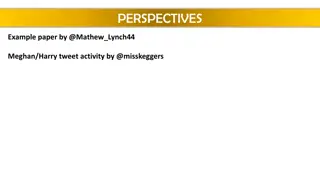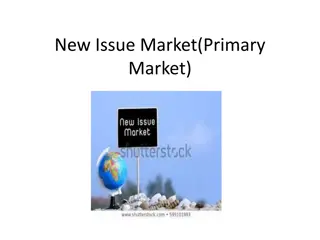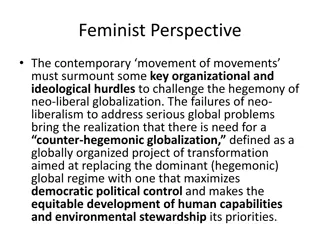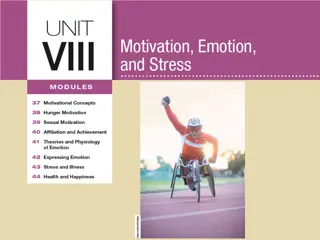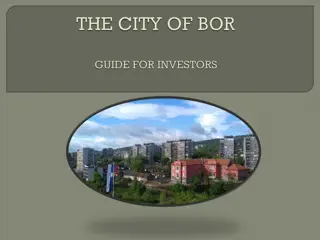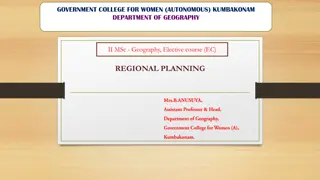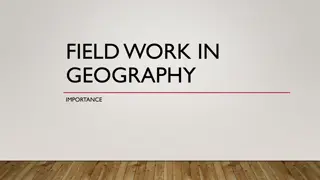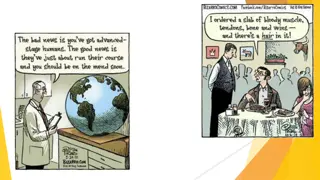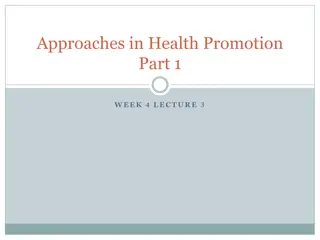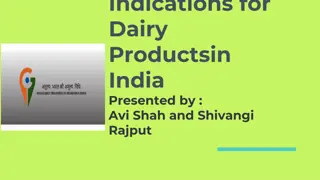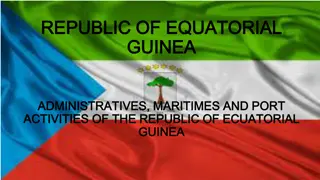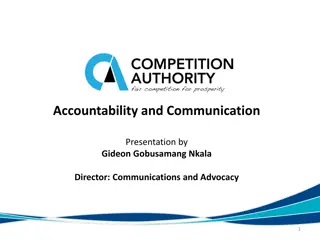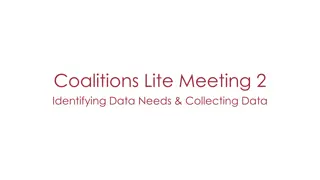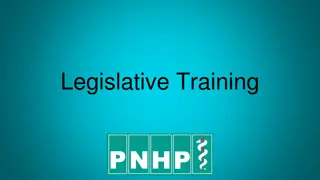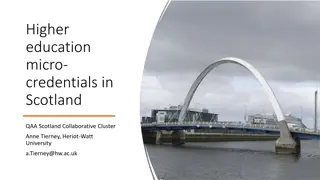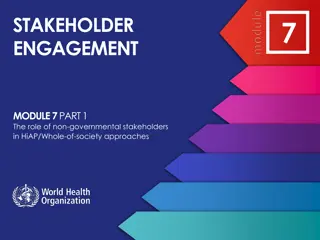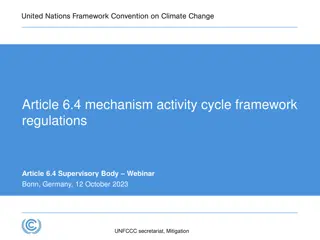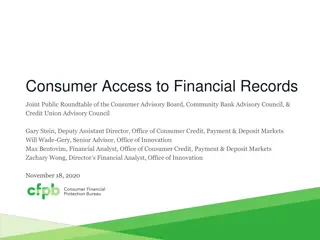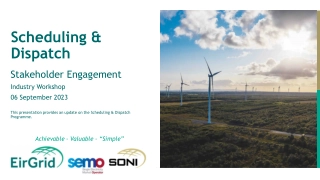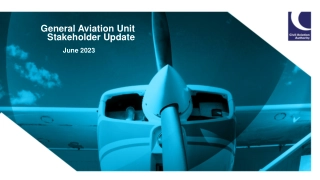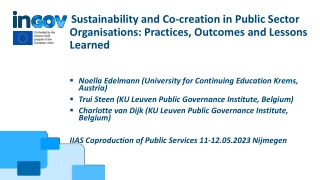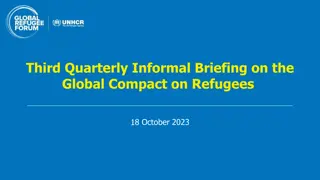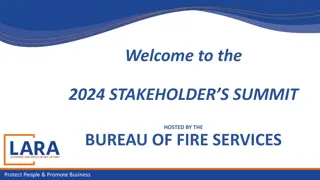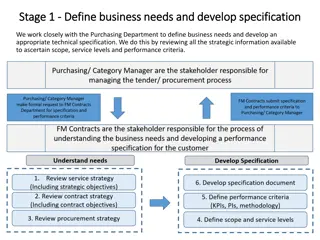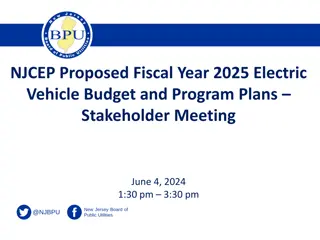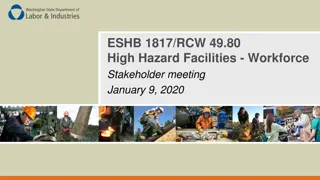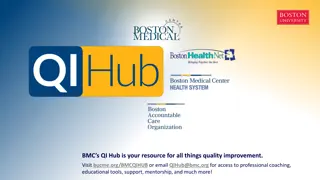Understanding Geographical Issues Through Stakeholder Perspectives
Exploring stakeholder perspectives in geography education helps students understand human aspects of geographical issues. Stakeholders enable a deeper insight into the impacts of a situation on individuals and communities. This approach fosters compassion and a broader understanding of complex geographical challenges, as highlighted by student feedback and teaching experiences in diverse school settings.
Download Presentation

Please find below an Image/Link to download the presentation.
The content on the website is provided AS IS for your information and personal use only. It may not be sold, licensed, or shared on other websites without obtaining consent from the author. Download presentation by click this link. If you encounter any issues during the download, it is possible that the publisher has removed the file from their server.
E N D
Presentation Transcript
COMPASSIONATE GEOGRAPHY: USING STAKEHOLDERS TO EXPLORE KEY GEOGRAPHICAL ISSUES CLAIRE CASSIDY (@CLAIRECASS) I think [exploring stakeholder perspectives] is really important as it can help us learn about the human level of a geographical issue (Year 9 student)
MY CONTEXT Head of Geography at the British School in the Netherlands Teaching KS3, GCSE, A-level and IB Geography Our school has over 80 nationalities Previously teaching in Runcorn for 4 years teaching KS3, GCSE, A-level Geography and BTEC Leisure and Tourism
Student voice: Y8 Y13 students How useful do you find considering a range of stakeholder views/ perspectives in understanding a geographical issue? (1 limited use, 5 highly useful) Average rating: 4.67 How far does exploring the stakeholders in a geographical issue ensure you are compassionate? Average rating: 4.11
Compassionate geography: using stakeholders to explore key geographical issues Why focus on the stakeholders? In the IB Diploma, Geography falls under the Individuals and Societies section. This means that it focuses on the interactions between individuals, societies and physical processes in both time and space (IBO, 2017). Stakeholders are an integral part of geographical understanding in the IB and referred to specifically in the subject guide and mark schemes for exam. A-level, GCSE and KS3 Geography also greatly benefit from the careful use of stakeholders to allow students to be compassionate geographers, understanding the specific context they are studying about. Stakeholders enabled me to consider the differing views of this complex geographical issue, allowing me to have a more clear understanding of how the regeneration truly impacted on the area and the people Y12 student at BSN on Stratford Regeneration (A-level unit: Changing Places)
How I used to do it: Student task: Students would be given one of the 8 stakeholders and would write a speech from their perspectives on if the wall should be built. In groups they would then listen to the speeches and plot stakeholder opinions in a continumm. This led to; Brilliant pieces of creative writing Good knowledge of one perspective Some students understanding the importance of agencies such as DEFRA (but some having never heard of it) Meaning; Geographical knowledge was not at the forefront Students did not get an overall sense of the real stakeholders Compassionate to only one viewpoint Usefulness of stakeholder opinion varied Students would remember the more unusual points e.g. protesters think children will skateboard along it. Question: How far does exploring the stakeholders in a geographical issue ensure you are compassionate? Response: Exploring the stakeholders in a geographical issue ensures that I understand or try to see a certain point or situation from their perspective, making me compassionate towards them . However, these may be subjective or extremely specific and not applicable to the wider situation. Exploring too far (6 or 7 stakeholders) may prove to be ineffective (Y12 student).
Enquiry point- power of different stakeholders Specific focus- roles of, and outcomes for. Case study- St Lucia SMMA Clear focus for perspectives use and value
HOW TO BEST USE STAKEHOLDERS TO EXPLORE GEOGRAPHICAL ISSUES Top tips: Use stakeholders in very specific examples and case studies Use a small number of stakeholders 3 to 4 Use real stakeholders not general groups e.g. local people Ensure you have a clear perspective for students to consider e.g. Value and use of coral reef ecosystems
USE STAKEHOLDERS IN VERY SPECIFIC EXAMPLES AND CASE STUDIES Economic development in the Amazon and road building in Peru (Year 9) Give a named example of where using stakeholder opinions has helped you to understand a complex geographical issue The gentrification of Stratford during the 2012 Olympics (Y12) Israel + Palestine conflict (Y9) Management of the Great Barrier Reef (Y12) Dark tourism e.g. Kibera slum tourism (Y8) Successful coastal management in St Lucia (SMMA) (Y12)
Applying these principles to a KS3 unit Geographic inquiry Geographic knowledge and understand How does using the tropical rainforest for economic development impacts stakeholders Conflicting land-use pressures in the Amazon to include; The lifestyles of indigenous communities in the Amazon rainforest (including Yamomami and other named tribes) and the threats to their traditional lifestyle The views of stakeholders from the local (e.g. indigenous tribes), national (Brazilian government) and global (e.g. WWF) on the impacts of deforestation on biodiversity Stakeholders: - Brazilian Government - Named indigenous tribes - Other communities in the Amazon - WWF - WHO Road building in Peru - focused on the use of the road to boost economic development and quality of life in Peru and the perspectives of different stakeholders Palm oil production in Malaysiato include; Reasons for the growth in palm oil production and the economic benefits for Malaysia The impact of palm oil production on the lifestyle of the Orang Asli and levels of biodiversity
EXAMPLE:Economic development in the Amazon (Year 9) Specific example: Species loss due to economic activity in the Amazon Stakeholders focus: Which species are a priority to protect for different stakeholders Use stakeholders in very specific examples and case studies Use a small number of stakeholders (3-4 seems to work well) Use real stakeholders not general groups e.g. local people Ensure you have a clear perspective for students to consider e.g. Value and use of coral reef ecosystems
Specific stakeholders referred to by students: - Peruvian and Brazilian government - Tribes such as Yamomami, Kayapo - Town of Quince Mill and locals community views - Rural communities in Peru
PROGRESSION OF USING STAKEHOLDERS IN ONE UNIT What is the most worrying impact of mining in the Amazon rainforest for indigenous tribes? In this short task, students consider the impact of mining on indigenous communities in the Amazon. One stakeholder and one specific example. In this 6 mark question, student explored 3 different stakeholder perspectives in reference to this one statement. No overall opinion needed. This assessment question allowed students to draw on a wide range of stakeholder views from across the Tropical Rainforest unit as evidence to support their own opinion
USING REAL STAKEHOLDERS ALLOWS US TO BE COMPASSIONATE GEOGRAPHERS Sub-topic Source How does it help build understanding and compassion? Palm oil and impact on the Orang Asli https://www.youtube.com/watch?v =igSH1slGS5Q (7 minutes) In the voice of the Orang Asli Footage is simple and shows clear contrasts of before and after Discusses the views and traditions of the tribes No facts or statistics Documentary created by AJ Contrast Impacts of economic development on indigenous tribes in the Amazon https://www.bbc.com/news/av/wor ld-latin-america-42653619 Helps students relate to issue Highlights actions of indigenous tribes Students may remember event it went viral BBC news reports on Kunumi MC and Demarcation (2018)
SOME OF MY FAVOURITE RESOURCES Topics Resources for stakeholder voice Comments Israel- Palestine conflict Our walled world Guardian (2016) - https://www.theguardian.com/world/ng- interactive/2013/nov/walls#intro Includes video and written interviews with a range of individuals who lived near the wall. Also has sections on a wide range of border walls (USA, India, Brazil, Korea to name a few) (Y9 SOW- Conflict) BBC Children of the Gaza War (2015)- https://www.youtube.com/watch?v=TitydQ1waoA Follows the stories of children on both sides of the conflict and allows the children to give their perspectives. Tropical Rainforests Orang Asli (Malaysia) - https://www.youtube.com/watch?v=igSH1slGS5Q As discussed in previous slide (Y9 SOW) Kunumi MC (Brazil) - https://www.bbc.com/news/av/world-latin- america-42653619 Stratford- London Olympics (Y12 Changing Places) London s Olympic Legacy- Guardian (2012) https://www.youtube.com/watch?v=2BsZxDAaTE0 Views of local residents on Carpenters Estate- gives clear stakeholder views and shows the struggles of the local residents affected by the regeneration. Good to use alongside other stakeholder views. Oceans (Y8 SOW on Oceans) BBC Documentary Drowning in Plastic with Liz Bonnin (2017) Talks to a range of stakeholders along the Citarum River, Indonesia looking at why there is a plastic problems and what is being done to solve it at a local level - stakeholder voices are clear
SUMMARY: HOW TO BEST USE STAKEHOLDERS TO EXPLORE GEOGRAPHICAL ISSUES Use stakeholders in very specific examples and case studies Use a small number of stakeholders 3 or 4 in detail is better than multiple at a surface level Use real stakeholders where perspectives can be explored explicitly Ensure you have a clear perspective for students to consider- e.g. Value and use of coral reef ecosystems
QUESTIONS FOR YOU QUESTIONS FOR YOU: WHAT ARE YOUR FAVOURITE STAKEHOLDER RESOURCES? HOW DO YOU ENSURE YOU USE STAKEHOLDERS EFFECTIVELY AND COMPASSIONATELY?
THANK YOUR FOR LISTENING! I am really keen to here your insights into using stakeholders effectively and compassionately I would love to see your favourite resources- please share on twitter! @clairecass
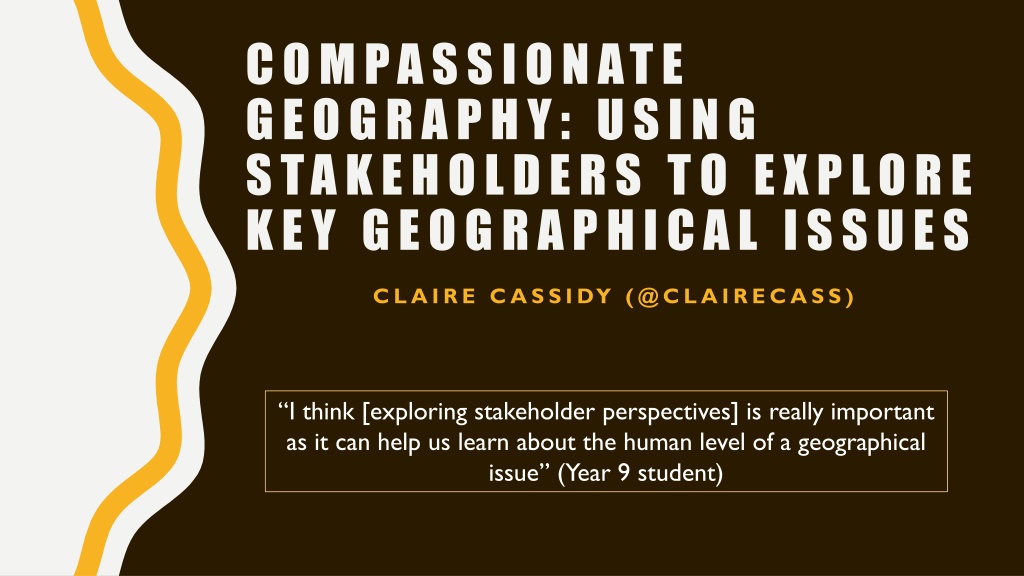

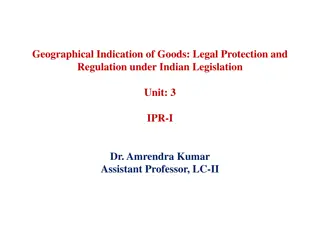
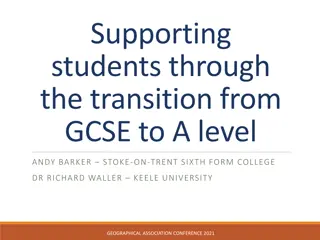
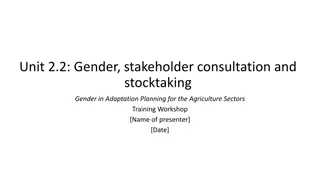

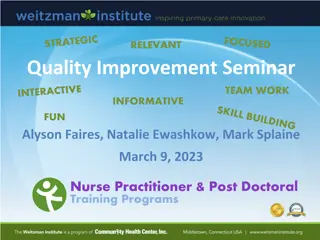
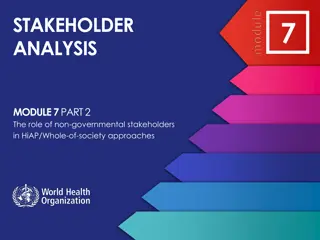
![Key Stakeholder Issues on PDAL Bill [B8 2021] 24 October 2023](/thumb/88726/key-stakeholder-issues-on-pdal-bill-b8-2021-24-october-2023.jpg)



